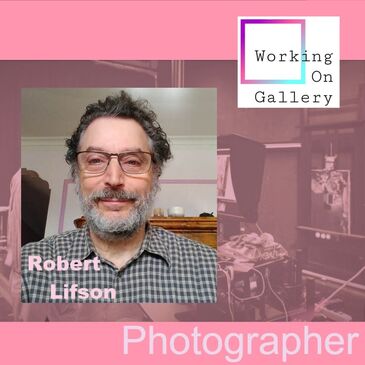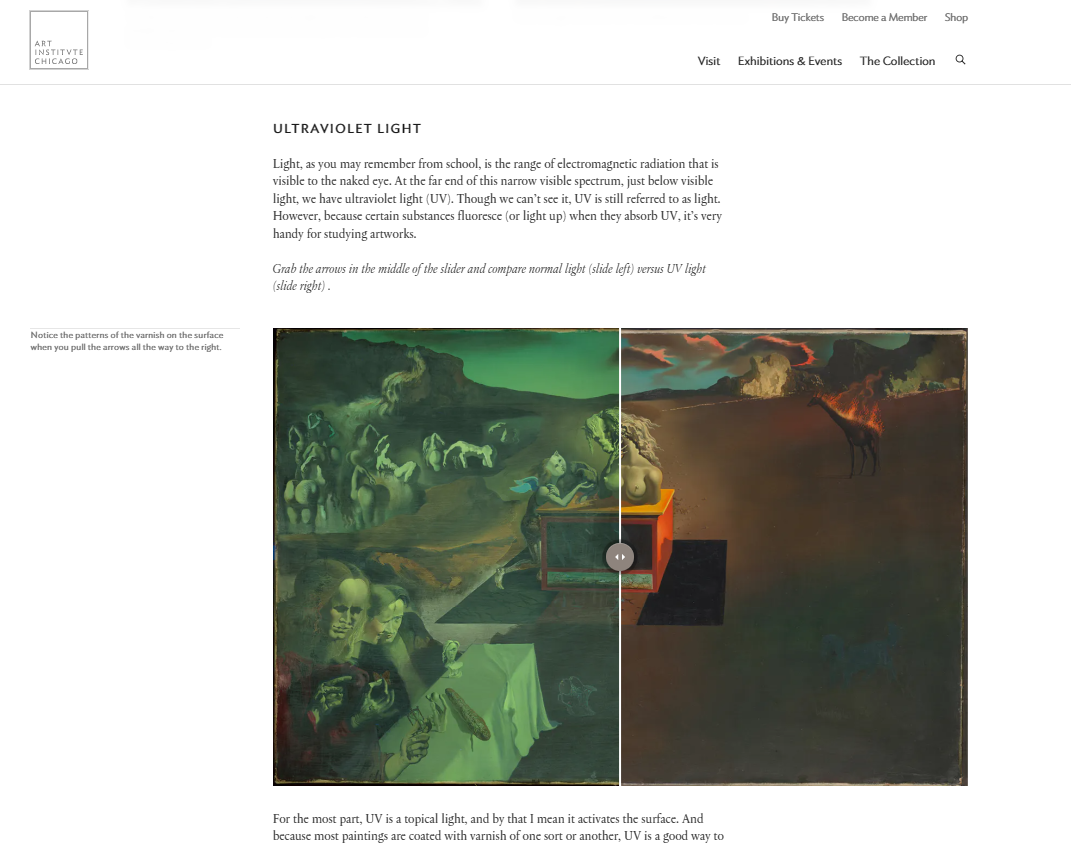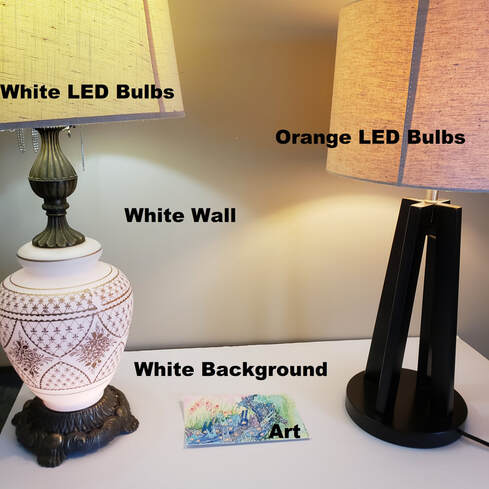|
When my poem, "Lake Michigan" (page 50, Wherever I'm At: An Anthology of Chicago Poetry), was broadcasted by NPR News: BEZB Chicago, Robert Lifson, a senior photographer in the imaging department at the Chicago Art Insitute, kindly sent me a comment on it. ”...Water is life-giving, a rhythmic heartbeat of waves give life to the land it washes up upon and retreats. Japanese water is its own sacredness and nourishment which I feel feeds even your poem, but it seems that like blood type, there is water type. Lake Michigan is not your water type. You are in need of something it cannot provide. Through our email conversations, I learned that Lifson was a professional photographer who just finished working with Salvador Dalí's exhibition (until June 12, 2023). "There are two large security doors I pass through each morning, to enter my studio where the power, mystery and beauty of art is there to greet me. I am grateful every morning." - - Robert Lifson In recent years, museum photographers and curators find amazing hidden details under advanced lighting technologies using ultraviolet light, infrared light, and transmitted light. He took a photo of Inventions of the Monsters (1937) in infrared light. This is one of the iconic paintings by Dalí. If you do not know this art, there is a burning giraffe in the top right corner, and human-like creatures on the left side. Then, if you see this art carefully, there is a dog in the bottom right. With the infrared light, this dog has two adorable eyes. I can gaze at the dog forever! If you visit the website, you are able to grab the arrows in the middle of the slider and compare normal light (slide left) versus UV light (slide right) to experience how Lifson approached and archived historical collections. He talked more about his process at their museum website. I create graphic poems, and my absolute nemesis is photographing my own work. I am the worst. I often excuse my lackluster results with, "I don't have a high-quality camera", so my publisher had to hire a photographer for GLYPH. Actually, I was really happy with the decision of recording my graphic poems with high quality art techniques, something I was never able to achieve before. I cannot afford that type of luxury. And, you must know - - current cellphones have good cameras and technology, and there are many instructive tutorials - - but nothing encouraged me for a long time. Now, I decided to ask the photographer who works at one of the most splendid museums in the world how to take great photos with household materials. Robert Lifson: Photo-graphy, however it's done, follows its name. Light is first and essential to understand in order to produce the image, the desired effects, that one wants to capture. The better the camera, the more resolution or features, but three techniques I'd point out are lighting configurations, and a fourth, camera positions. First, assuming that the setup is lighting from the left and right sides and the camera above in the middle of the art work, turn off one side of lights and see how the raking light brings out features of the work. Second, with this in mind, use the opposite set of lights either evenly or ratio lighting, so the raking effect is less harsh, more pleasant and still bringing out features or highlights of the work. Another option is to use one set of lights and a white bounce card opposite. Even lighting can often mute the final capture. Third, if the use of white walls or large bounce cards is possible, indirect light, diffuse light works well with reflective or gilded material. Lifson: If you are using household lamps, make sure to have the same bulb in each lamp, so as to not mix warm and cool light, and take off the lamp shade, as it will affect the color of light and be less even. But experimentation is always helpful. A reminder: orient the top of the work in the direction of one side of the lighting when using ratio lighting. For relief or layered artwork, be mindful of shadows and rotate the work in your lighting setup to see what is most pleasant to the eye. For camera use, it is especially helpful to use software that can stitch individual detail captures into a whole or realign distorted captures, which allows for the camera to be more versatile. Shooting off-center, or the camera angled a bit can avoid glare and specular highlights and then corrected in the software. Lifson: There are hard and fast rules to photographing artwork but as you begin, with the setup you have, you can use the above instructions as a guide, then improvise, adapt, invent what you need to in order to see your work photographed in the best light possible. For camera use, it is especially helpful to use software that can stitch individual detail captures into a whole or realign distorted captures, which allows for the camera to be more versatile. Shooting off-center, or the camera angled a bit can avoid glare and specular highlights and then corrected in the software. Robert Lifson is an artist, photographer, involved in cultural heritage imaging with the Art Institute of Chicago for many years, he has been able to observe those whose preserve the past and those who create new a present; the process of destruction and creation that is the heartbeat of human existence.
Comments are closed.
|
Archives
July 2024
|
フジハブ
Welcome to FUJI HUB: Waystation to Poetry, Art, & Translation. This is not your final destination. There are many links to other websites here, so please explore them!
Welcome to FUJI HUB: Waystation to Poetry, Art, & Translation. This is not your final destination. There are many links to other websites here, so please explore them!
What are you looking for?
FUJI HUB Directory
Popular Sites:
Gallery of Graphic Poems
Working On Gallery
(Monthly New Article by Writers & Artists)
About Naoko Fujimoto
Contact
Naoko Fujimoto Copyright © 2024
FUJI HUB Directory
Popular Sites:
Gallery of Graphic Poems
Working On Gallery
(Monthly New Article by Writers & Artists)
About Naoko Fujimoto
Contact
Naoko Fujimoto Copyright © 2024







